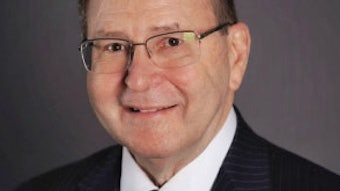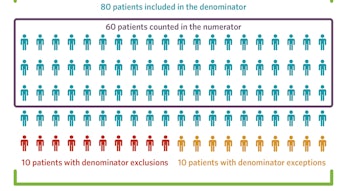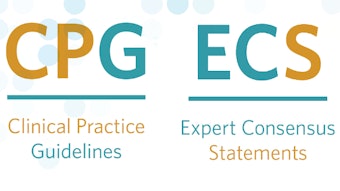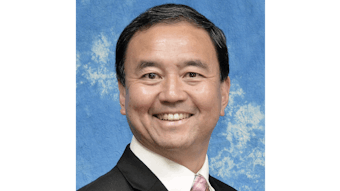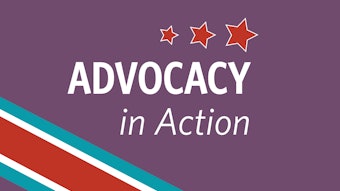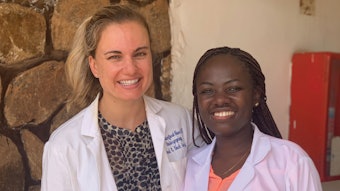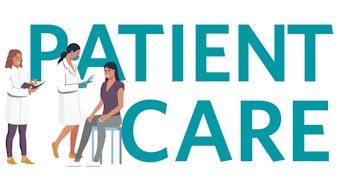Pearls From Your Peers | Practice Consolidation and Mergers
Lance A. Manning, MD, interviews Marc G. Dubin, MD, President and CEO of the Centers for Advanced ENT Care (CAdENT) in Maryland, Washington, DC, and Virginia, and Chair of the AAO-HNS Private Practice Study Group.
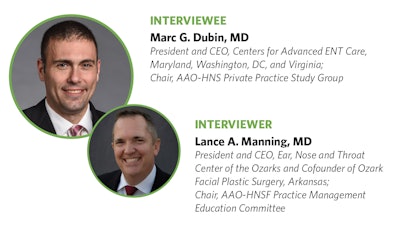
Marc G. Dubin, MD, is a private practice rhinologist and the President and CEO of the Centers for Advanced ENT Care (CAdENT) in Maryland, Washington, DC, and Virginia, and is the Chair of the AAO-HNS Private Practice Study Group. He has gained significant experience in practice consolidation having helped manage the roll-up and merger of 17 otolaryngology practices ranging in size from one to 11 otolaryngologists totaling over 50 into a single group over the past five years. Lance A. Manning, MD, Chair of the AAO-HNSF Practice Management Education Committee, interviews Dr. Dubin on this topic.
In your experience, what have been the most significant advantages and disadvantages of multiple practices merging?
The perfect practice size for a physician is rarely “big.” So, the primary advantage of all mergers in medicine is leverage. In the world of working harder and harder for less and less money, the leverage that “big” provides in negotiations with payers and suppliers is the goal. Fortunately, after consolidating, we were able to get a seat at the table to negotiate an increase that made the roll-up worthwhile.
This increase has (hopefully!) made the disadvantages worthwhile. The most significant disadvantage for most of us is the loss of control. From the solo providers to members of large groups, everyone had their voice diluted. We are one large organization, and we make decisions for the best interest of the entire organization, and sometimes, albeit infrequently, these decisions are not unanimous.
This brings us to the next disadvantage, which is change. Although our divisions (previous practices) have significant independence of the day-to-day management, our goal is increasing uniformity, and this means a substantial amount of change. While a consolidated large group practice is well-suited to achieve economies of scale and best practices among other benefits, getting there is uncomfortable.
What were the major hurdles or challenges in creating this union?
I was not at the table when the union initially started. Dr. Michael Siegel initiated it, and he deserves the credit. I know with my division, however, it was getting anyone to even consider consolidation. Every practice was asked to completely coalesce with others they saw as competition. Although the carrot of leverage was enticing, it was a hard sell for those who were bold enough to launch the union due to previously entrenched notions of competitors.
How have these new large group practices created additional support for your patients, staff, and doctors?
Now that we are several years into consolidation, we are starting to realize the fruits of our labor. This was first evident during COVID, where we were able to offer the support necessary to keep our practices running. Now that we have hopefully survived the worst of the pandemic, we have resumed the consolidation of our divisions. Our doctors and patients benefit from sharing best practices throughout the region. Our joint human resources department has improved our practices while providing improved support to our staff. Most importantly, there is a sense of camaraderie among previous competitors who are now true partners. Not that it is all rainbows and unicorns, but we are getting there!


